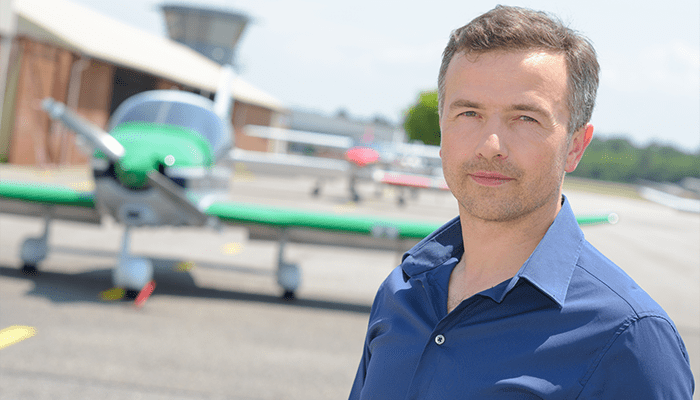
Navigating Insurance for Single Pilot Aircraft Operations
Today more single pilot turbine powered aircraft are flying than ever before. Pilots, especially owner pilots, like the flexibility that single pilot operations provide but often see insurance as one of the major obstacles when flying a single pilot turbine aircraft. Below is a look at some of the reasons why underwriters are concerned when flying single pilot in a turbine aircraft and what you can do to make yourself a better single pilot risk.
Accident data on single pilot operations in turbine aircraft is mixed. One older study said accidents in the Cessna Citation were 2.7 times greater when flown single pilot than when two pilots were onboard. The study went on to say fatal Citation accidents involving single pilot operations were as much as 3.7 times higher. Other studies have found there is little appreciable difference between accidents involving single pilot and two pilot operations. Thus, as the industry accident data is mixed, underwriters naturally take a conservative course when it comes to single pilot operations.
Some insurance companies have made the decision to limit their exposure(s) to single pilot operations by either controlling the maximum liability limit they will offer or declining to write any single pilot flown aircraft that exceeds a certain insured value. Either way, the company is limiting the amount of money they are willing to risk on single pilot turbine operations.
What can you do to make yourself a better risk to underwriters when you want to fly single pilot? In a word: documentation. Thoroughly detailing your flight hours, types of aircraft flown and most importantly, your training, can go a long way towards helping an underwriter approve you to fly single pilot.
In addition to training, how proficient are you? U.S. Air Force fighter pilots have stated it takes about three flights each week to maintain their skills. No doubt flying a fighter takes greater proficiency than flying a King Air, but underwriters will often ask how much you have flown in the last year and the last 90 days to estimate your proficiency in the aircraft. Flying a turbine-powered aircraft not only takes a significant commitment to training but also the time to stay proficient.
Whether you’re a professional pilot or not, do you adhere to professional flight standards? Do you have a written operations manual detailing minimum weather, runway lengths and minimum equipment that you follow? There are a number of industry standard Safety Management System (SMS) programs that are designed for the single pilot. Again, documenting to underwriters that you have and follow a written operations manual and/or that you subscribe to a SMS program, goes a long way towards showing an underwriter that you hold yourself to the highest pilot standards.
Finally, be realistic with yourself about your capabilities. A day VFR trip that you have made dozens of times is very different from a nighttime trip to a new airport when the weather is forecasted to be near minimums.
Even if you are approved to fly single pilot, taking an appropriately-qualified second pilot may be the cheapest insurance you ever purchase. To learn more about the best way to protect yourself on the ground and in the air, contact our Aerospace experts.
Featured News & Insights

Aviation accidents, though rare, can have devastating consequences. In the aftermath of such events, the families of passengers and crew often face emotional and financial turmoil. This is where...

Insurance is a crucial part of financial planning, providing peace of mind and protection against unforeseen events. However, not all insurance brokers operate with integrity. Some brokers exploit...

The Broker of Record (BOR) letter is one of the most powerful and abused documents in the insurance industry. Unfortunately, many less-than-scrupulous brokers convince insurance buyers to sign this...